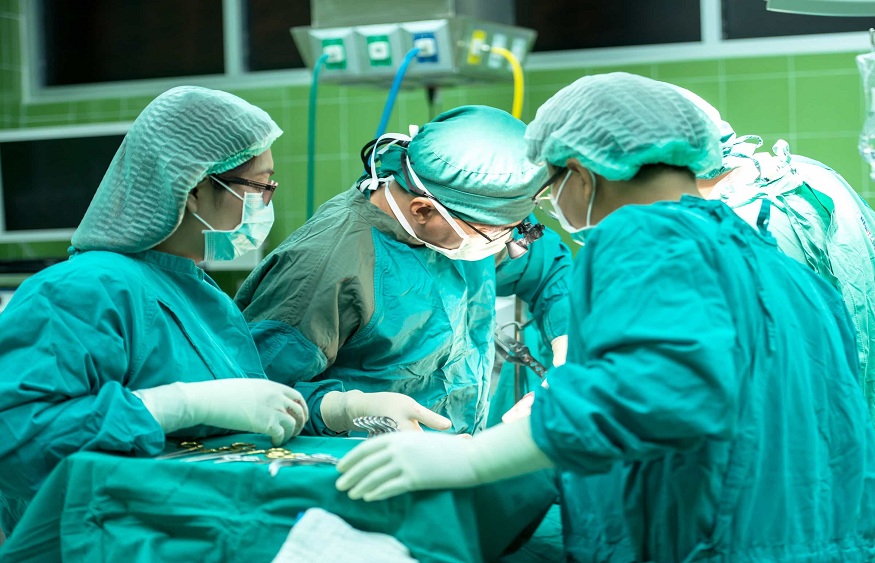Spinal cord injury rehabilitation is a journey that requires patience and dedication. It’s a path that can lead to a better quality of life. Physical therapy plays a crucial role in this process. It helps rebuild strength, improve mobility, and regain independence. There are key elements to consider, such as exercises, lifestyle adjustments, and nutrition stamdford. Each of these factors can make a significant difference in recovery. Understanding this process is vital to achieving the best outcomes.
Understanding Spinal Cord Injuries
Spinal cord injuries can happen in an instant but change life forever. Causes include falls, motor vehicle accidents, and sports injuries. When the spinal cord is damaged, it disrupts communication between the brain and the body. This disruption affects sensation and motor function below the injury site. Rehabilitation focuses on restoring as much function as possible.
The Role of Physical Therapy
Physical therapy is essential in rehabilitation. Therapists use specific exercises to strengthen muscles and improve coordination. They also help with balance and mobility. The goal is to enhance the individual’s ability to perform daily activities. This approach fosters independence and boosts confidence. Physical therapy also helps to prevent complications such as muscle atrophy and pressure sores.
Key Components of Rehabilitation
Rehabilitation involves several components:
- Exercise: Tailored exercises build strength and improve range of motion.
- Nutrition: Proper nutrition supports healing and overall health.
- Lifestyle Adjustments: Changes in daily habits can improve recovery outcomes.
These elements work together to support recovery and adaptation.
Importance of Nutrition
Nutrition plays a vital role in the healing process. A balanced diet provides the necessary nutrients for tissue repair and energy. It helps maintain a healthy weight and supports the immune system. Experts recommend a diet rich in fruits, vegetables, lean proteins, and whole grains. Hydration is also crucial to keep the body functioning optimally.
Exercise Regimens
Exercise is crucial in rehabilitation. It’s not just about regaining strength; it’s about improving overall well-being. Exercises vary based on the injury level and personal goals. Here is a simple overview:
| Exercise Type | Purpose |
| Strength Training | Build muscle and improve posture |
| Flexibility Exercises | Increase range of motion |
| Cardio Workouts | Enhance cardiovascular health and stamina |
Regular exercise under professional guidance can lead to significant improvements.
Impact of Lifestyle Adjustments
Lifestyle changes can significantly impact rehabilitation outcomes. These include quitting smoking, managing stress, and ensuring adequate sleep. Each adjustment supports the body’s ability to heal and adapt. Consistent routines and positive habits contribute to a better quality of life.
The Road to Recovery
Recovery from a spinal cord injury is a gradual process. It’s important to set realistic goals and celebrate small achievements. Support from family, friends, and healthcare professionals is invaluable. Staying informed and engaged can make the journey smoother.
Resources for Further Information
For more information on spinal cord injury rehabilitation, visit the National Institute of Neurological Disorders and Stroke. Additionally, the National Spinal Cord Injury Statistical Center offers valuable insights into spinal cord injury data and trends.




